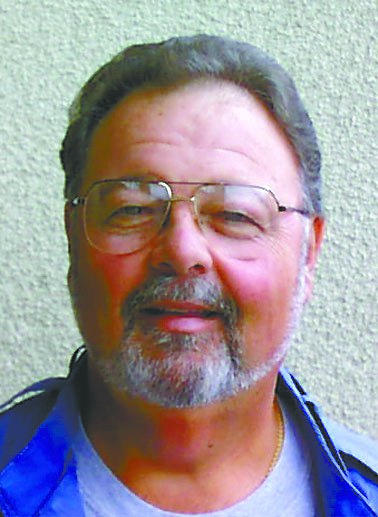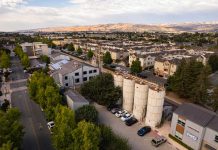Do we have enough water? As a board member for the Santa Clara Valley Water District, I can tell you the answer is complicated. The bad news is that this year is shaping up to be one of the driest to date. The good news is that thanks to last year’s heavy rains, our groundwater storage levels are normal. So, it is unlikely that the board will need to call for any mandatory water use reductions.
Groundwater and local surface water are the region’s original sources of water supply. Groundwater is water found in aquifers, below the ground surface. Water seeps through the surface of the earth and, in much the same way that water saturates a sponge, fills the cracks and pores of sand and gravel layers beneath our feet.
We use the same system of percolation ponds that were developed in the early 1900s. These mini-lakes are seen along creeks throughout the county and are vital to “recharging” the groundwater basin. Currently, groundwater accounts for about 40 percent of our county’s water supply; South County residents rely almost exclusively on groundwater.
The district’s managed groundwater recharge program is especially important in the South County. During the past 10 years, the average district recharge to the Llagas Subbasin was 24,000 acre-feet/year. Of that amount, nearly 50 percent was imported water. On average, the groundwater pumped from the subbasins is almost two times the amount that nature replenishes.
To meet the needs of our region, we rely heavily on imported water. When the Sierra Nevada snow pack begins to melt, it travels through waterways into the Sacramento-San Joaquin Delta (Delta) and is then imported through an intricate network of pipelines into Santa Clara County for storage in one of our 10 local reservoirs and treatment at one of our three water treatment plants.
While we rely heavily on imported water, our supply is not guaranteed. Regulations to protect the ecosystem and fish species have resulted in restrictions on pumping water. Our imported supply is also affected by the weather. A low snowpack level can cause the Department of Water Resources to place restrictions on the amount of imported water we receive, and this year’s snowpack is only 55 percent of normal. When those restrictions are combined with pumping restrictions on the Delta they can have a major effect on our imported water supply.
That’s why we must all do our part to use water wisely. Today, we use 15 percent less water than we did in 1990, though our population has grown by 300,000 people. To help our customers save 20 gallons a day, we offer more than 20 programs and services to help residents and businesses use water more efficiently.
We actively maintain and protect our groundwater basin, storing water underground during wet years for use during dry years. Last year alone, we were also able to “bank” 70,000 acre-feet of water outside of our county. That’s nearly as much as we have stored in all of our 10 reservoirs combined.
In addition, we are teaming with the city of San José to construct a state-of-the-art advanced water purification facility to expand our use of locally sourced recycled water, which currently provides 5 percent of our local water supply. By using recycled water for industrial, landscaping and agricultural irrigation, we are able to save our drinking water supplies.
I firmly believe that with extensive planning and preparation, along with the smart water use by the residents and businesses of Santa Clara County, we will be able to continue to meet the water supply demands of our ever-growing region.
For more information on our conservation programs and services or for a detailed report on our water supply, please visit www.valleywater.org.
As always, I am available for questions or comments as your District 1 representative. Feel free to contact me at (408) 315-1496.








